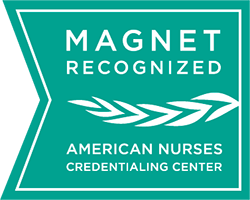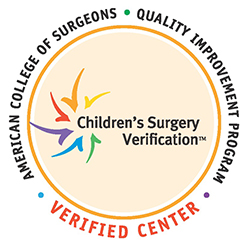Make an appointment
Our friendly staff members will direct you to the clinic you need. 503-346-0640
Find a COVID-19 vaccineFind a doctor
Our specialists work in teams, tailoring treatment to your individual needs.
Meet our doctorsMEET OUR EXPERTS
Meet Dr. Raphael Sun, pediatric and fetal surgeon. He's just one of the many experts who work together to care for your child at OHSU Doernbecher.
PROVIDING SUPPORT WHEN IT’S MOST NEEDED
Our Child Life Specialists make sure patients and families can share feelings and ask questions safely. It’s just another way we care for your whole child.
Background image: OHSU Child Life Specialist care is critical to young patient with chronic spinal condition.


